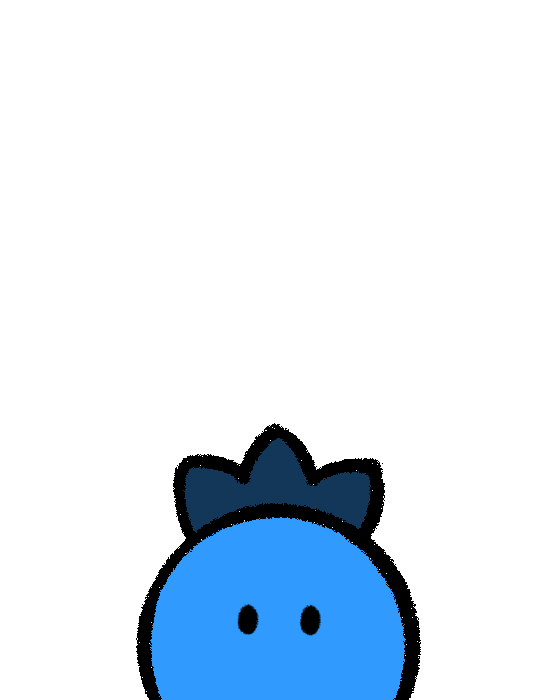

Interview Phases
While you do ask questions in interviews, there's more to be aware of than what you ask a participant. The diagram below breaks down some of the more important phases or distinct moments in an interview. The middle of the diagram shows a cycle between topics, probing questions, and transitions. You’ll spend the bulk of any interview here.

You do ask questions, but your real focus is on interview topics.
Topics-to-Questions
Interview questions don't exist alone; they're neatly nestled under interview topics. The topics are what give a semi-structured interview its power. Each topic represents a focused area where your team wants to learn something. The questions you ask are invitations, requests, or prompts to the participant to talk about a topic. And be ready: many participants are ready to talk.
The questions you ask are invitations, requests, or prompts to the participant to talk about a topic.
Research participants like to be helpful. After all, why would they spend their limited free time coming to an interview if they didn’t have something to say? But if you ask them any question — relevant or not —they'll try their best to give you some answer. More questions don't make for better interviews.
If your stakeholders don’t find your interview findings valuable, there’s a chance you’re laser-focused on writing good questions rather than figuring out relevant and interesting topics to talk about. Some common interview topics are listed below.
Common Interview Topics
- Experience or emotions using the product or trying to solve a problem
- Values or goals they have
- Opinions towards a problem, product, or the company
- Knowledge about a particular domain
- Behaviors they can recall or explain
The goal is to ask a question about a topic that resonates with the participant. The participant gets excited to tell you their thoughts, experiences, and opinions about the topic. Your goal isn't to ask the "perfect" question but to figure out the most meaningful topics to talk about. During a semi-structured interview, you'll find which of your planned topics are meaningful. You’ll also uncover unexpected and relevant topics to pursue.
You might have specific or even sensitive topics to discuss, but that doesn’t mean you should jump right in. You’ll first have to build rapport (jump here for more on rapport building) and then, understand how appropriate any topic might be. You have to consider the dinner party rule.
The Dinner Party Rule

Start your interviews with casual topics (like "how was your day?") and move to more sensitive or complex questions (like "how much money do you make?" or “tell me about your first sexual experience”) after you've built some rapport. This is more important to consider if you're studying a very sensitive or "taboo" topic (such as money, family dynamics, substance abuse, religion, politics, sex, etc.).
"If you were in front of everyone at a dinner party, would you ask the host this question?"
Based on how sensitive your topic is, you might need to build rapport for a longer time than normal. One way of knowing you have a sensitive topic is asking yourself, "If you were in front of everyone at a dinner party, would you ask the host this question?" If the answer is no, then you'd need to build rapport before trying to ask it or explain long before the actual interview what topics you want to discuss.
Topics give your interviews focus, but at some point you have to actually ask each participant some questions.
Open, Open, Open
Let's start with the basics: open-ended and closed-ended questions. Closed-ended questions ask your participant to select from limited options when responding. This is the last thing you want in your semi-structured interview.
Closed-ended questions artificially limit the range of responses a participant could give. Oftentimes, you use interviews because you don’t know what relevant responses to provide as closed-ended responses.
On the other hand, open-ended questions give direction and boundaries to how a participant should answer. Avoid or limit your use of closed-ended questions whenever possible and make your open-ended questions as focused & unambiguous.
Other qualities of good open-ended questions are listed below for easy reference.
Qualities of a Good Open-ended Interview Question
- Unambiguous and specific as possible
- Provides boundaries or context for the answer (“In the past 30 days, how have you spent your free time, after work?”)
- No answer is implied or suggested in the question (“How awesome is the new desktop application?”)
- Uses simple, everyday language
- As short as needed
The next kind of question is about stories. Narrative questions are what you ask when you want a participant to walk through or explain an experience. Your job is to help keep the narrative going without interrupting. This could be a slight nod or a "keep going," but you want to let the participant finish their story. Narrative questions are great to use when making a journey map or service blueprint.
Note that across participants, you’ll likely hear inconsistent details when looking at one experience or process (like in the “purchasing a home” journey map focused on recent graduates and older adults). Stick closer to an interview guide when asking narrative questions to make sure you collect consistent data to keep your analysis focused.
Other types of interview questions are listed below. Using a variety of questions is the best because you can dig deeper into answers, uncovering what someone means or feels beyond the notes you take.

Interview Activities
Great interviewers know they’re not limited to just asking questions in an interview. You can also use activities to get the participant talking and thinking in different ways. This doesn't mean physical activity, but discussion or mental activities that move the interview beyond only talking. Activities during an interview can provide a change of pace, spike a participant's attention, and help you collect different kinds of qualitative data.
One popular exercise in the experience research world is having participants write a letter to the product or experience itself. Participants can either write a "break-up" or "love" letter towards an experience, product, or service, but must specific about why they hated or loved it.
Other helpful activities are listed below.
Possible Interview Activities
- Experience “Break-up” / “Love” letter
- Role-playing (“If I were the sales consultant, what would you ask me about the home monitoring system?”)
- Scenarios (“Let’s say your friend needed help buying a car. How would you help them?”)
- Fill-the-blank / complete-the-sentence (“Using the smartwatch makes me feel _____.”)
- Writing / Drawing (“Can you draw a picture of your perfect homepage?”)
- Demonstrations (“Can you show me how you set up your desk?”)
- Using another method (like a card sort, a short survey, or a concept test, within an interview)
Be cautious about adding too many activities. It can be tiring to switch between learning about and completing an activity. Use them sparingly to get some energy back into a dull interview.
Good interviews are dynamic conversations where the topics and questions are meaningful and relevant. But what is the role of the person asking the questions?
- open-ended questions
- probing; clarifying; digging responses
- neutrality





